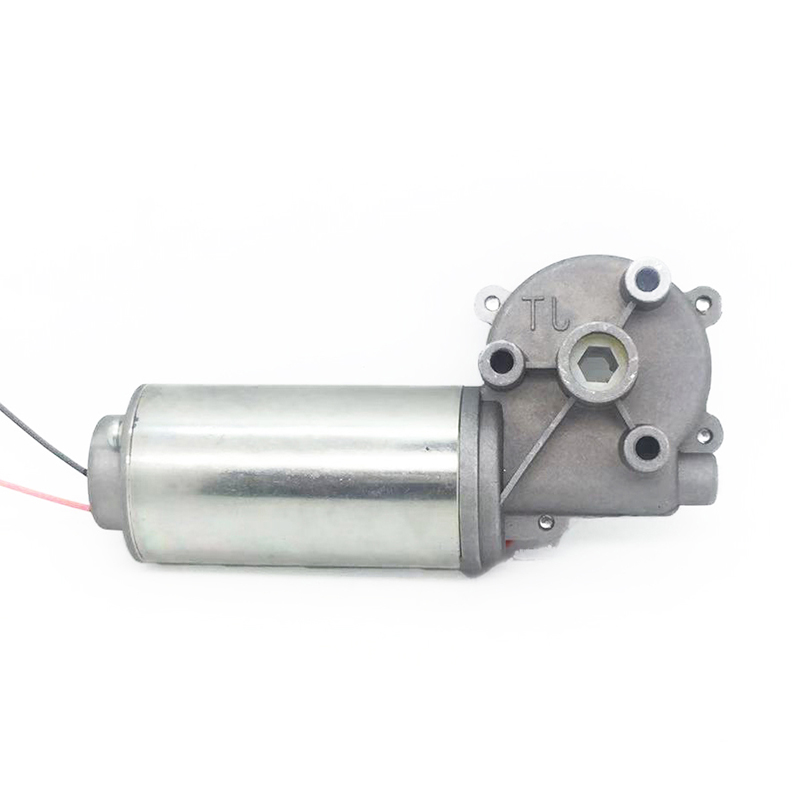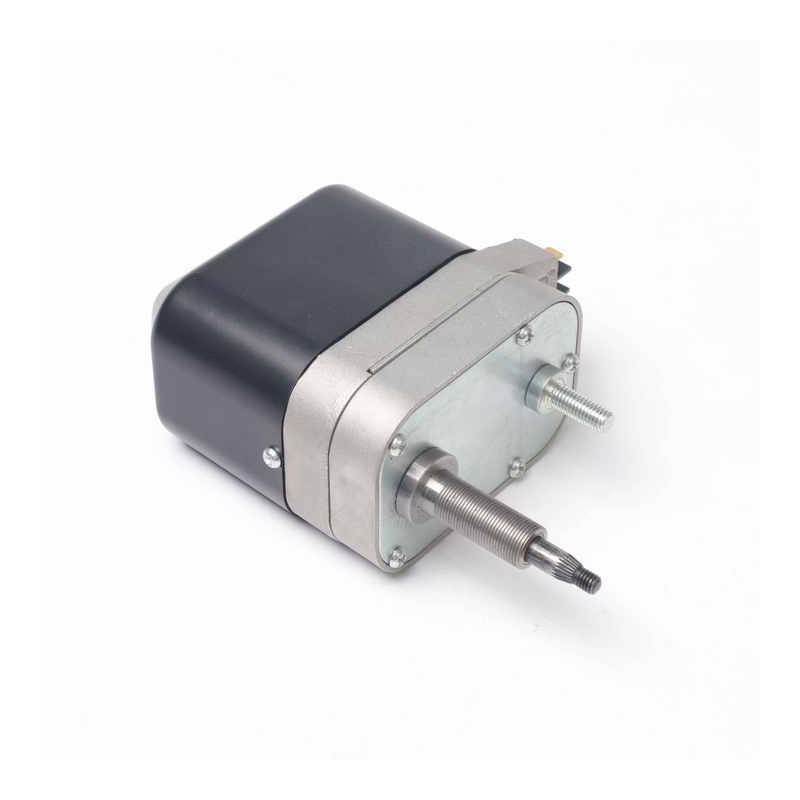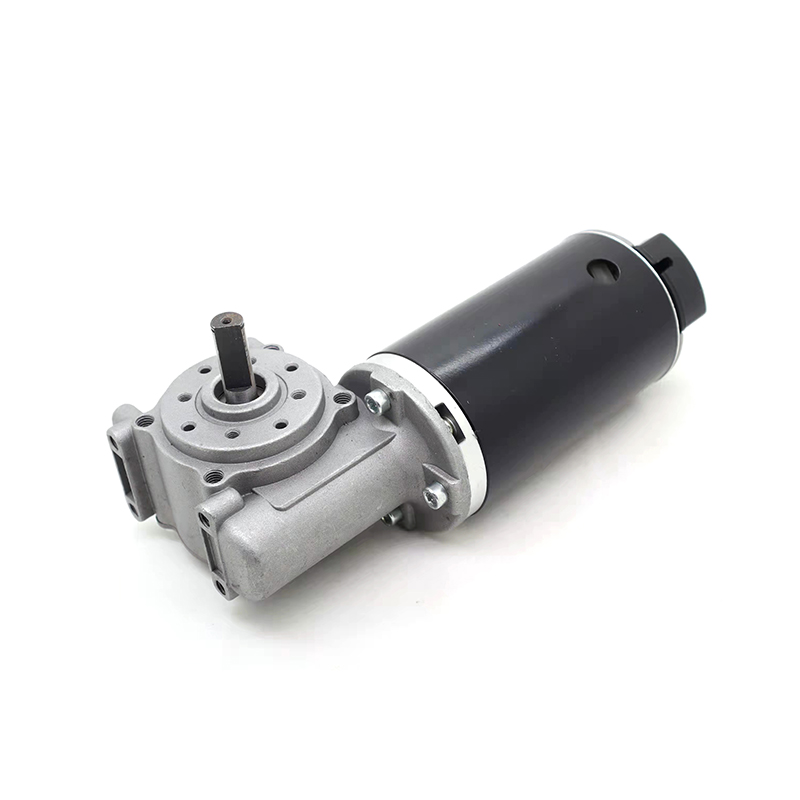 +86-0577-66009580
+86-0577-66009580
 juntmotor@126.com
juntmotor@126.com

In the automotive world, one of the most overlooked yet crucial components is the wiper motor. This small but vital engine has undergone a significant transformation from its "single-speed" origins to the modern, AI-assisted systems we see today. The wiper motor is responsible for the operation of the windshield wipers, ensuring drivers maintain clear visibility in inclement weather. The journey of the wiper motor reflects the broader evolution of automotive technology, from basic mechanical systems to sophisticated electronic controls.
The early history of the wiper motor was characterized by simplicity. The initial designs were manual, requiring the driver to operate the wipers by hand. This was not only inconvenient but also dangerous, as it distracted drivers from the road. The introduction of the first electric wiper motor was a game-changer, allowing for automatic operation and freeing up the driver's attention. These early electric wiper motors were single-speed, meaning they operated at a constant speed regardless of the rain intensity.
As technology progressed, so did the wiper motor. The introduction of variable-speed wiper motors was a significant step forward. These motors could adjust the speed of the wipers based on the speed of the vehicle, providing a more efficient and responsive system. However, it was the advent of electronic control systems that truly revolutionized the wiper motor. With the integration of sensors and microprocessors, wiper motors became capable of responding to real-time environmental conditions, such as the intensity of rainfall.
The latest development in wiper motor technology is the incorporation of artificial intelligence (AI). AI-powered wiper motors take the concept of responsiveness to new heights. These motors use advanced algorithms to analyze data from various sensors, including rain sensors, light sensors, and even traffic conditions, to determine the optimal speed and pattern for the wipers. This ensures that the wipers are always operating at the most effective setting, whether it's a light drizzle or a downpour.
The integration of AI into wiper motors also brings additional benefits. For instance, AI can learn from the driver's preferences and adapt the wiper behavior accordingly. Over time, the wiper motor becomes more personalized, providing a driving experience that is tailored to the individual. Furthermore, AI can predict when the wipers will need maintenance, sending alerts to the driver and even scheduling service appointments.

The transition from single-speed to AI-assisted wiper motors is not just about technological advancement; it's about enhancing safety and driving experience. By constantly adapting to the environment, AI wiper motors ensure that drivers have the best possible visibility at all times. This is particularly important in heavy rain or snow, where poor visibility can lead to accidents.
Manufacturers are now focusing on making wiper motors more energy-efficient and reliable. With AI, they can optimize the power consumption of the wiper motor, ensuring that it does not drain the vehicle's battery unnecessarily. Additionally, the predictive maintenance capabilities of AI can help reduce the frequency of wiper motor failures, leading to fewer breakdowns and a more reliable driving experience.
In conclusion, the evolution of the wiper motor from a simple single-speed device to a sophisticated AI-powered system reflects the broader trend in automotive technology. As vehicles become more connected and intelligent, components like the wiper motor play a critical role in enhancing safety, efficiency, and the overall driving experience. The future of the wiper motor is likely to involve even more advanced AI capabilities, further improving its performance and integration with the vehicle's other systems. It's an exciting time for the humble wiper motor, as it continues to evolve and play a vital role in the world of automotive technology.

